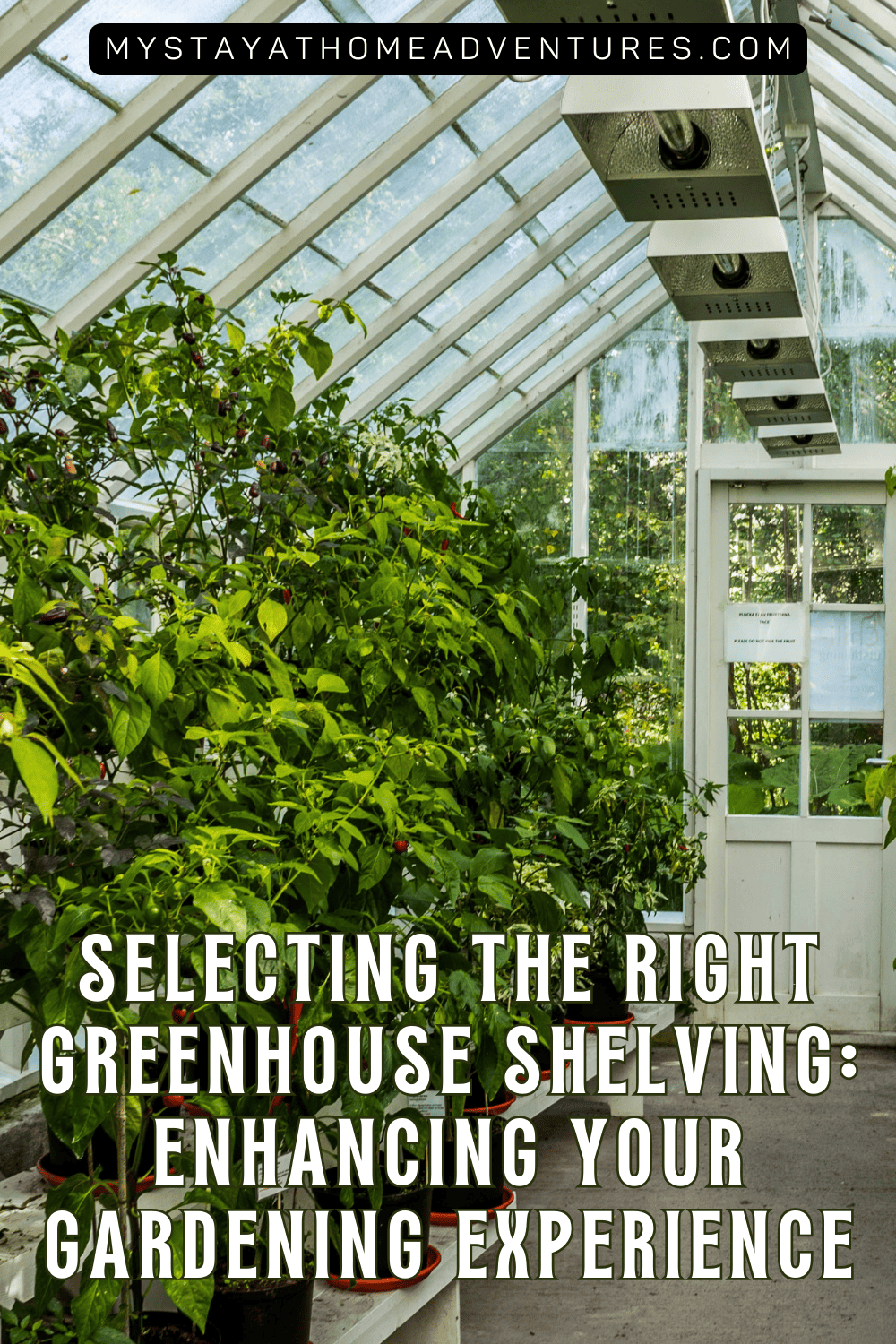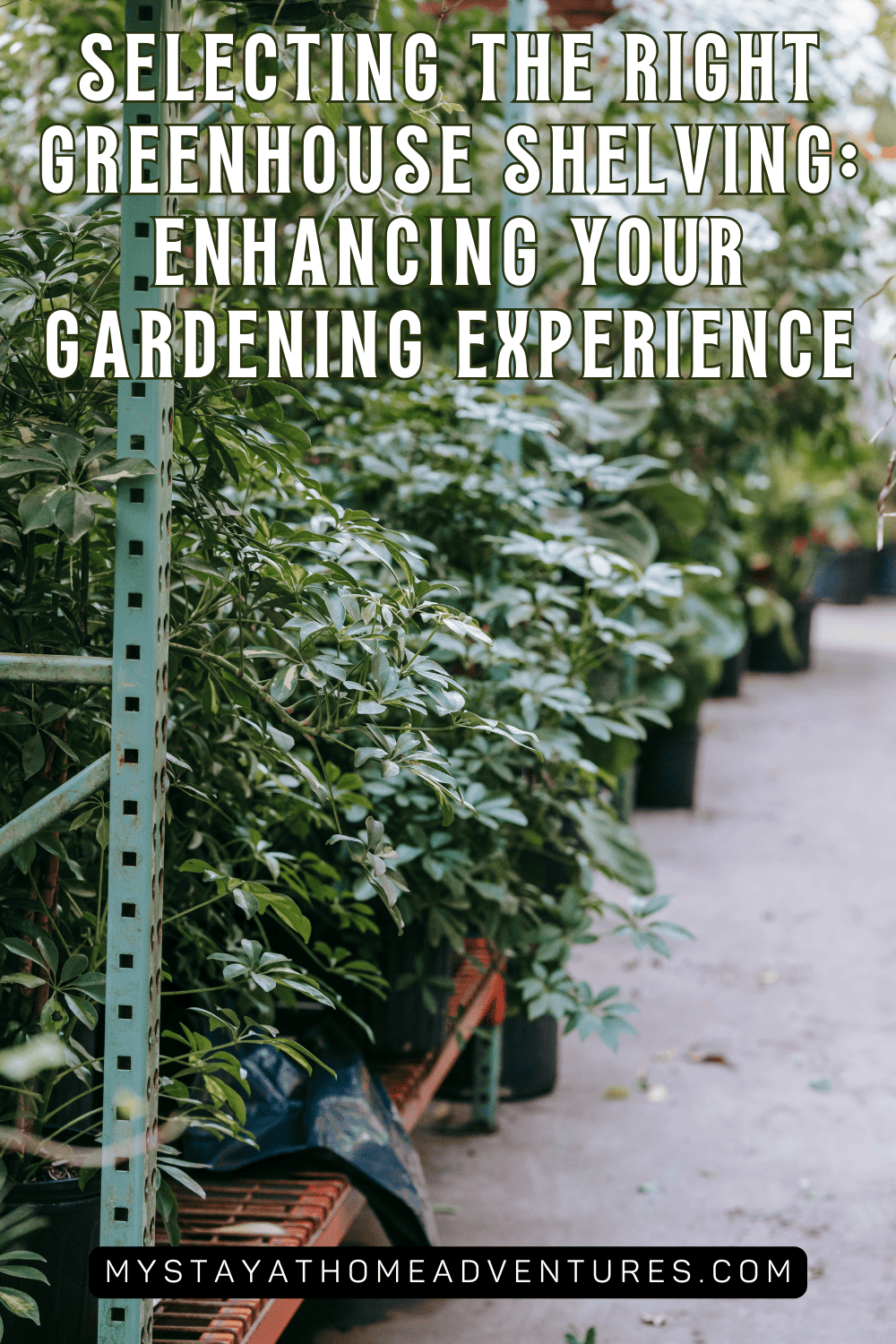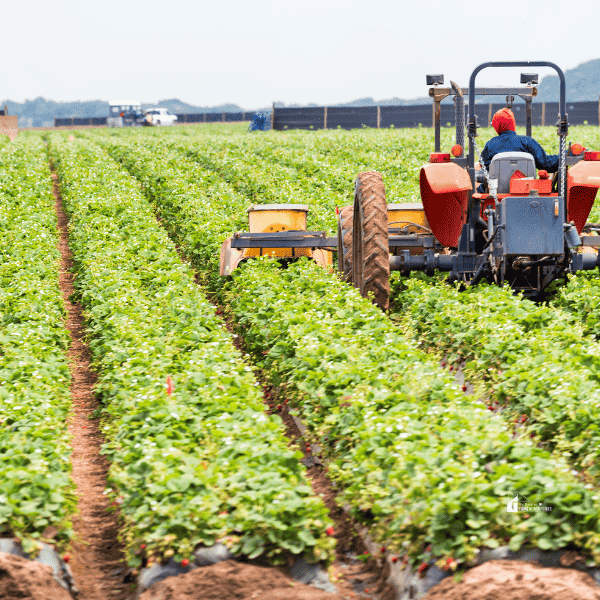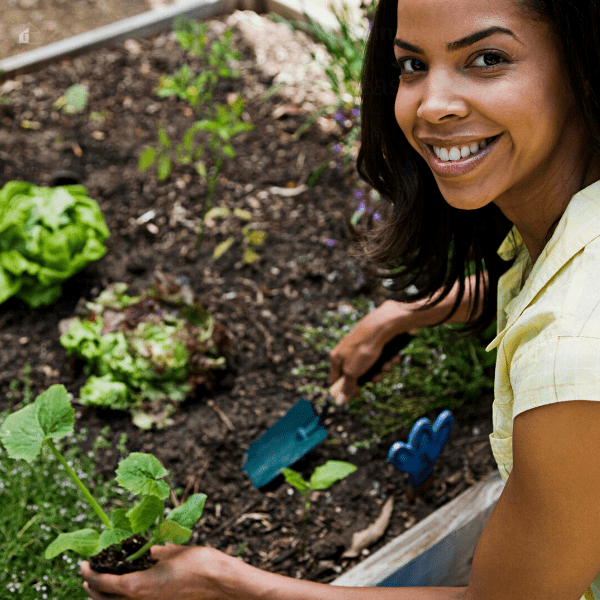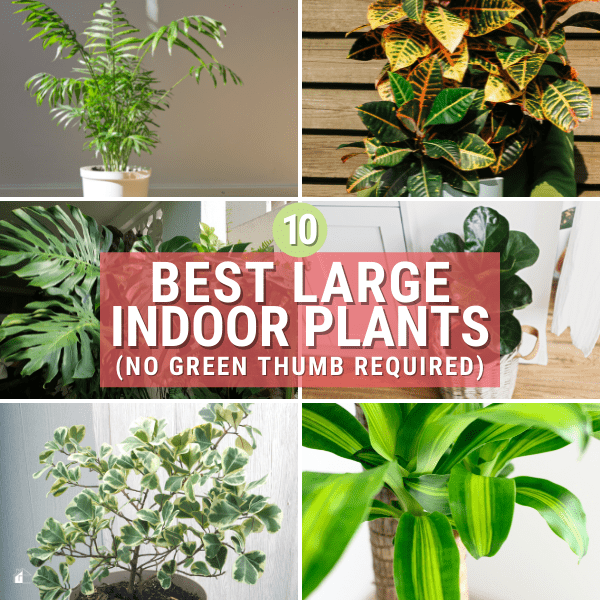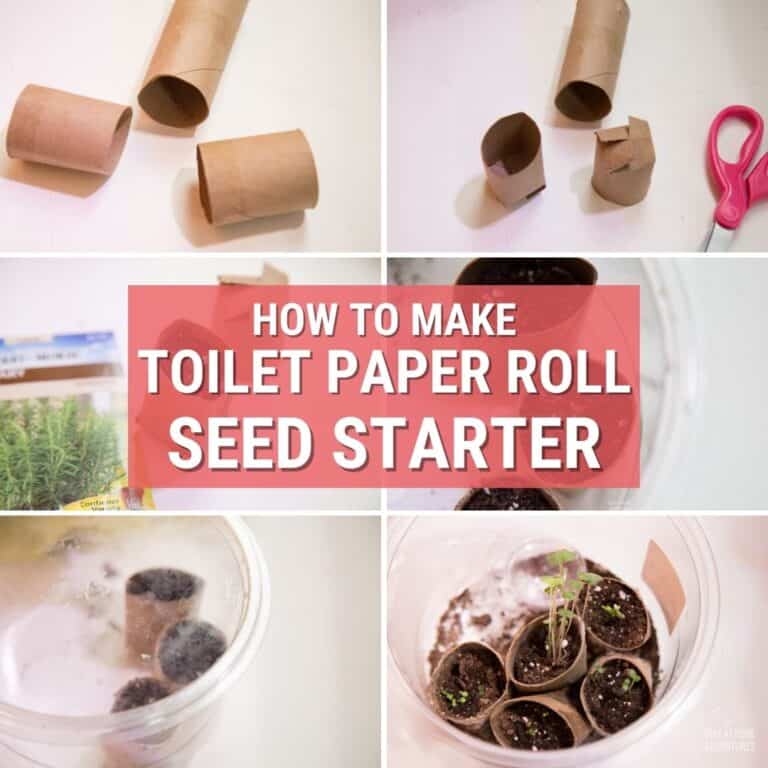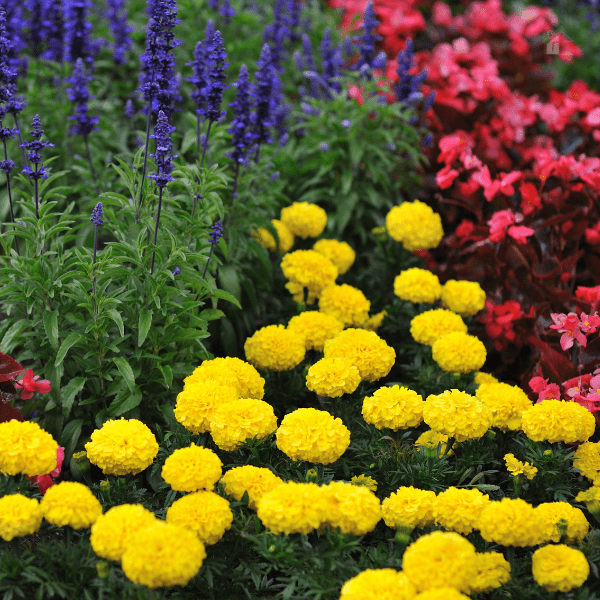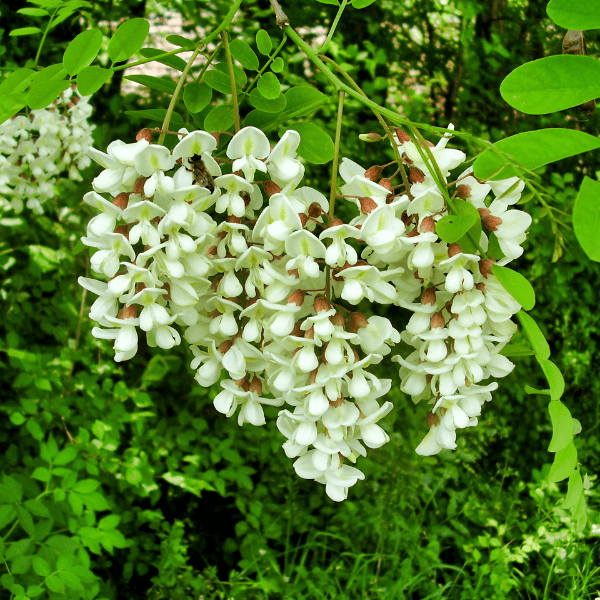Selecting the Right Greenhouse Shelving: Enhancing Your Gardening Experience
This post may contain affiliate links which might earn us money. Please read my Disclosure and Privacy policies hereStepping into the world of gardening often means realizing a dream of having your greenhouse. It's a place where you can nurture your plants, shield them from the harsh elements, and watch them flourish. However, while a greenhouse provides an ideal sanctuary for your green companions, there's a critical element that can make or break the experience: greenhouse shelving.
In this comprehensive guide, we will explore the pivotal role that greenhouse shelving plays in the functionality and success of your greenhouse. We'll delve into the various factors you must consider to ensure you choose the right shelving for your unique needs.
Whether you're an experienced gardener or just starting, the tips and recommendations provided will help you make informed decisions to create the perfect greenhouse space.
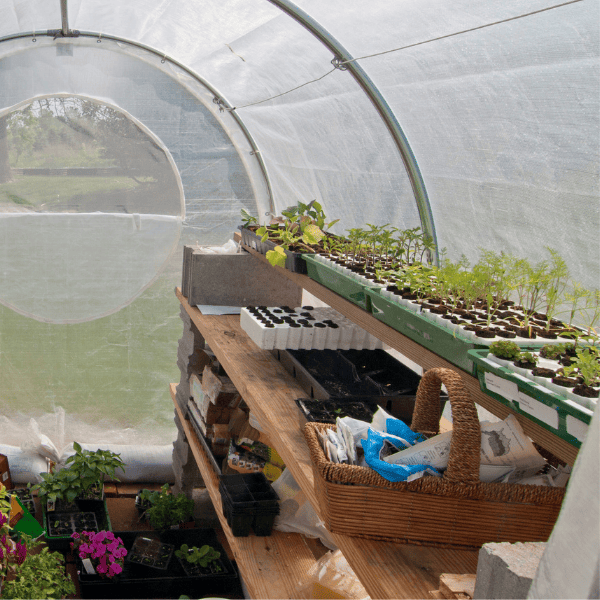
Understanding Your Greenhouse Needs
Assessing Your Plant Collection
Imagine your greenhouse as a botanical wonderland housing a diverse array of plants. Each plant has its unique requirements, much like a community with various needs and preferences. Before diving into greenhouse shelving, it's essential to evaluate your plant collection comprehensively.
Consider the size of your plants – from the towering sunflowers to the delicate violets. Take note of their growth patterns. Do you have climbers, creepers, or bushy plants that need ample horizontal and vertical space? Think about their light requirements – some are sun worshippers, while others thrive in the dappled shade.
Categorize your plants by these characteristics. By doing so, you can create shelving arrangements that cater to their needs, ensuring each plant receives the appropriate light and space for optimal growth.
Determining Your Space Constraints
Your greenhouse, much like a puzzle, has its own unique dimensions and layout. To choose the right greenhouse shelving, you need to understand and work within these spatial constraints. Measure your available space accurately, including length, width, and height.
Consider the pathways you need to navigate comfortably within the greenhouse. Think about your work areas – where you'll be potting, pruning, and marveling at your plants' progress. And don't forget to account for any existing structures or fixtures within the greenhouse, like windows, vents, or built-in tables.
The goal is to create a shelving arrangement that maximizes space while ensuring accessibility. It should allow you to reach each plant with ease, without having to navigate through a jungle of foliage. So, before you rush to purchase greenhouse shelving, have a clear understanding of your greenhouse's spatial constraints.
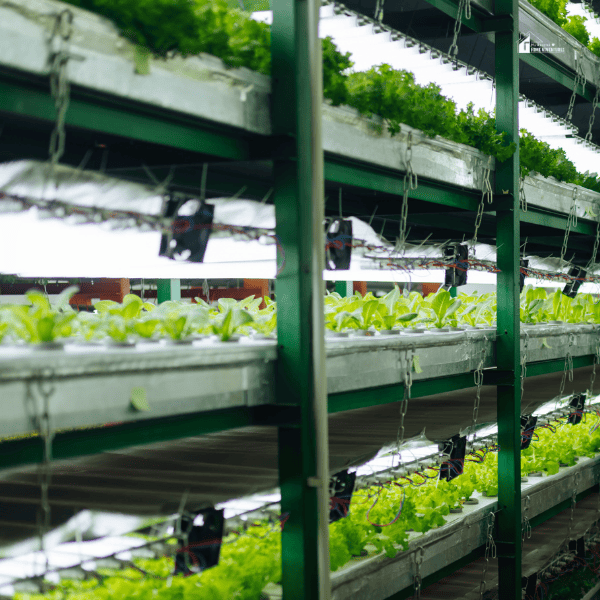
Materials Matter
Once you've assessed your plant collection and space constraints, it's time to dive into the world of greenhouse shelving materials. The choice of materials can significantly impact the durability, functionality, and aesthetics of your greenhouse.
Wooden Shelving
Advantages: Wooden shelving provides a natural and aesthetic appeal to your greenhouse. It blends seamlessly with the surroundings and is relatively easy to work with if you plan to customize or build your shelving units.
Considerations: Wood may require more maintenance than other materials, as it can be susceptible to moisture and pests. Make sure to choose rot-resistant wood and treat it regularly.
Metal Shelving
Advantages: Metal shelving is durable, sturdy, and can support heavy plant pots and trays. It's resistant to moisture and pests, making it a low-maintenance option.
Considerations: Metal shelves can conduct heat, which may affect the temperature in your greenhouse. To mitigate this, consider using shelves with a powder-coated finish or placing them strategically.
Plastic Shelving
Advantages: Plastic shelves are lightweight, easy to clean, and resistant to moisture and rust. They come in various styles and are often affordable.
Considerations: While plastic shelving is cost-effective, it may not be as sturdy as wood or metal. Ensure that the plastic used is of high quality and can withstand the weight of your plants.
Wire Shelving
Advantages: Wire shelving allows for excellent airflow, which can be beneficial for your plants. It's easy to clean and maintain and is often adjustable in terms of height.
Considerations: Wire shelves may not be suitable for smaller pots or trays, as they can fall through the gaps. Ensure that the gaps between wires are appropriate for your plant containers.
Hybrid Shelving
Advantages: Some shelving units combine materials, such as metal frames with wooden or plastic shelves. These hybrids offer a balance between aesthetics and functionality.
Considerations: Check the quality of each material component in hybrid shelving to ensure they meet your specific needs.
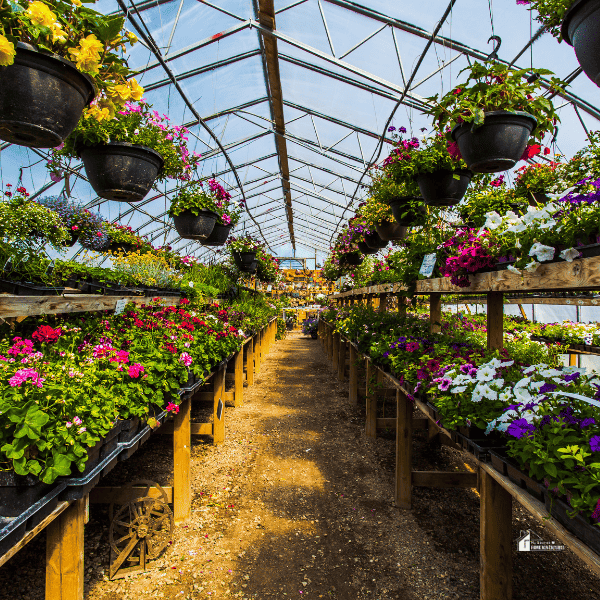
Configuration and Placement
Once you've chosen the right shelving material(s), it's time to think about the configuration and placement within your greenhouse. This step is crucial for optimizing space and creating an environment that supports your plants' growth.
Shelving Layout
Single vs. Multiple Levels: Depending on the height of your greenhouse, you can opt for single-level or multi-level shelving. Multi-level shelving allows you to maximize vertical space, which is especially useful for smaller greenhouses.
L-shaped or U-shaped: Consider creating L-shaped or U-shaped shelving arrangements to make the most of the available corners in your greenhouse.
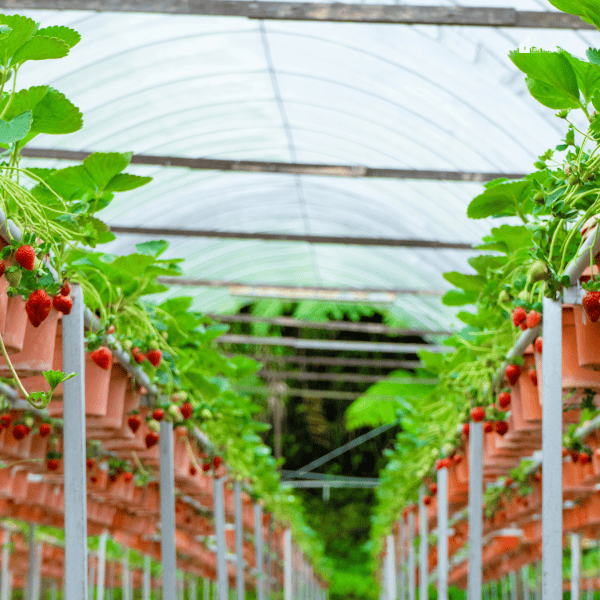
Shelving Spacing:
Adjustable Shelving: If possible, choose shelving units with adjustable heights. This flexibility allows you to accommodate taller plants or different pot sizes.
Spacing Between Shelves: Ensure that there is enough space between shelves to allow plants to grow comfortably. Crowded shelves can lead to poor air circulation and hinder plant growth.
Placement of Shelving:
Light Considerations: Place taller shelving units or plants that require more light toward the center or closer to the greenhouse's light source. This ensures that all your plants receive adequate sunlight.
Accessibility: Keep in mind the pathways you need to navigate and ensure that your shelving placement allows easy access to all your plants for watering, pruning, and inspection.
Maintenance and Longevity
Your choice of greenhouse shelving should not only meet your immediate needs but also stand the test of time. Proper maintenance is key to ensuring the longevity of your shelving units.
Regular Cleaning: Keep your shelving clean by removing any debris, spilled soil, or plant residue. Regular cleaning prevents the buildup of mold or pests that can damage your plants.
Treatment (for Wooden Shelving): If you opt for wooden shelving, apply a water-resistant sealant or paint to protect the wood from moisture and insects. Reapply the treatment as needed to maintain its integrity.
Inspect for Wear and Tear: Periodically inspect your shelving units for signs of wear, rust (in the case of metal shelving), or damage. Address any issues promptly to prevent accidents or damage to your plants.
Adjust and Adapt: As your plant collection grows and changes, be prepared to adjust your shelving configurations to accommodate new additions or changes in plant size.
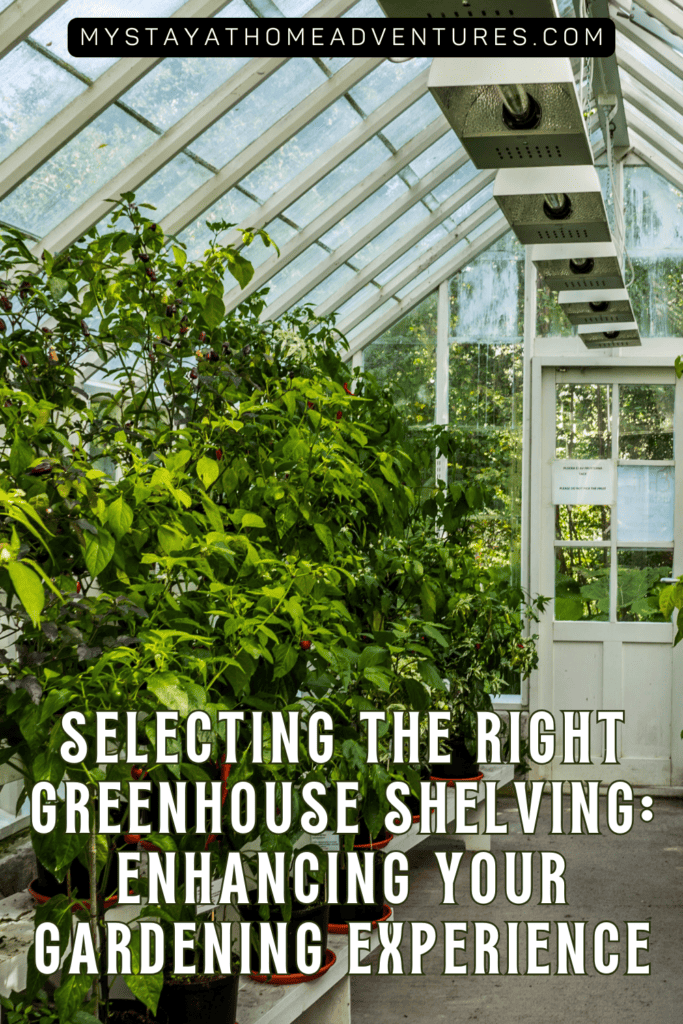
In conclusion, selecting the right greenhouse shelving begins with deeply understanding your unique greenhouse needs. You can make informed decisions about shelving materials, configurations, and placement by assessing your plant collection and determining your space constraints.
Remember, your greenhouse is a dynamic ecosystem, and the shelving you choose should adapt to the evolving needs of your plants. It's not just about shelving; it's about creating a harmonious environment where your plants can thrive.
So, as you embark on this gardening adventure, keep in mind that the right greenhouse shelving isn't just an accessory – it's a vital component that ensures the success and beauty of your green haven.
By carefully considering your options and following proper maintenance practices, you can create a greenhouse that houses your plants and enhances your gardening experience, turning your dream of a flourishing botanical wonderland into a reality.

